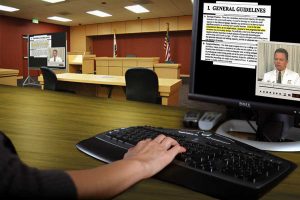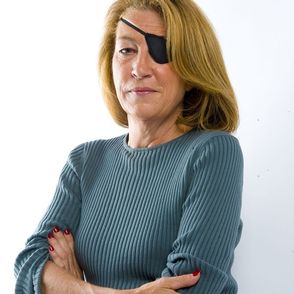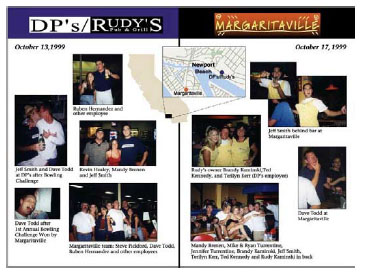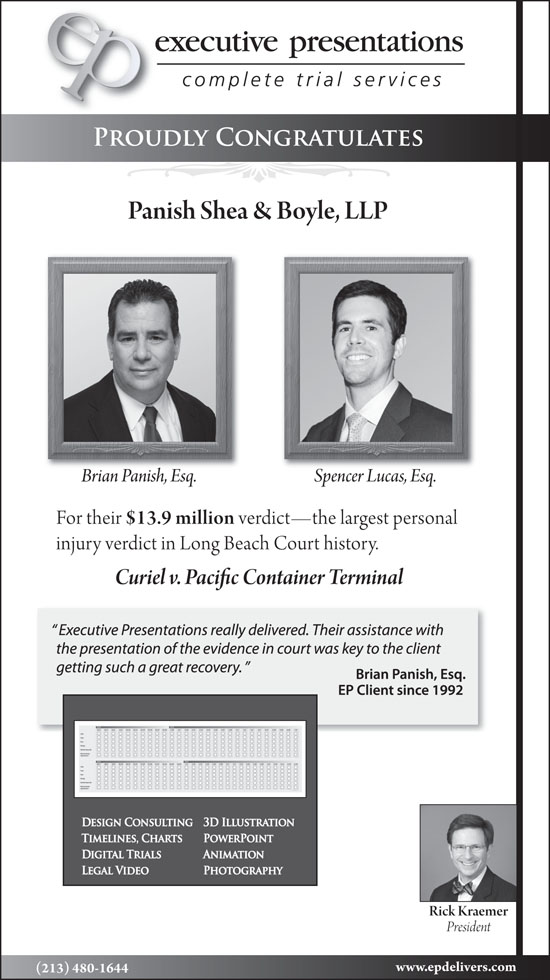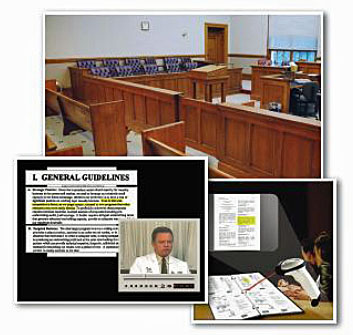February 23, 2012
Media savvy jurors expect trial evidence to be visually engaging and presented in a dynamic, clear and cohesive manner. Consequently, lawyers are turning to professional consultants to help prepare their trial presentations. Since 1986, Executive Presentations has been the leader in providing Southern California’s top lawyers with powerful and effective courtroom presentations. Our consultants analyze cases and help determine the best way to break down even the most complex information into concise exhibits that the jury will understand and remember. Our areas of expertise include the production of black-and-white document blow-ups; professionally designed, full-color graphic boards; animations and 3D illustrations; interactive presentations; site and documentary video and photography. We utilize state-of-the-art technologies to create and configure digital trial systems that allow instant access to thousands of case documents, video clips and exhibits. Work is done in-house at our full-service production facility.

